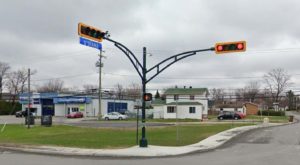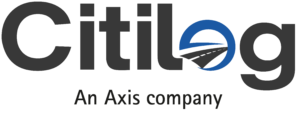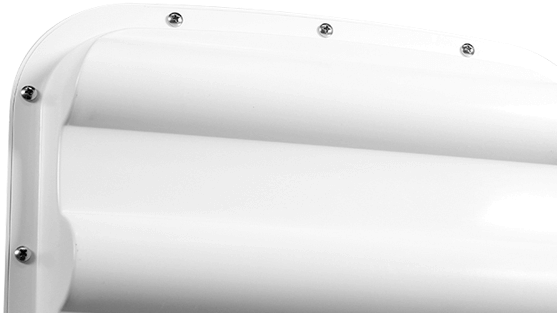By ensuring access to two major roads, the Route 337 and the Autoroute 640, the intersection between Rue O’Diana and Chemin des Anglais at Terrebonne is a key location for traffic fluidity. Located at the crossing of a residential neighborhood and a commercial district, this intersection sees all sorts of road users (pedestrians, cyclists, vehicles, buses, emergency vehicles), which tends to create heavy traffic jams in the surrounding areas.
TRAFFIC JAMS – A PROBLEM TO BE SOLVED
The City of Terrebonne asked us to help enhance the fluidity of this major intersection. In addition to working towards an optimized fluidity, a few challenges were to be considered such as the proximity of a commercial district and the important status of the intersection in terms of public transport (two bus stops), but also as a main route for emergency vehicles.
THE PROPOSED AND IMPLEMENTED SOLUTION
In order to maximize the fluidity of the intersection, Orange Traffic brought forward many solutions. (1) First, the implementation of a pole-mounted Techno-Hybrid 16-relay compact control cabinet allows the creation of a smart intersection while optimizing space. In addition, this cabinet can be updated as technology advances, which allows to avoid extensive work in the near future. (2) To avoid unnecessary waiting at the intersection, four Wavetronix Matrix radars detecting vehicles, but also cyclists arriving via Rue O’Diana, have been installed. These radars require no maintenance and provide the best performance on the market regardless of weather conditions. (3) Always with the aim of optimizing fluidity, pedestrian crossings with push buttons now allow pedestrians to signal their presence and cross the intersection safely, ensuring a harmonious transition between the two zones affected by this intersection. (4) If needed, a preemption system allows emergency vehicles to directly communicate their position with the intersection, which will then clear the traffic ahead of them and bring other traffic to a halt, safely ensuring their priority upon arrival. (5) In order to monitor the traffic completely remotely, Axis cameras with panoramic visions are connected to the control cabinet and to the MDSiNET-II radiocommunication system. (6) Finally, these solutions were carried out by the qualifiedOrange Traffic’s technical team, certified IMSA level 3. This certification ensures our team is always up to date regarding the best practices of the industry.

THE RESULTS
Since the adoption of these solutions at the intersection of Rue O’Diana and Chemin desAnglais, in addition to seeing a marked improvement in traffic fluidity, the City of Terrebonne has not received any complaints related to the area. The client’s satisfaction allowed Orange Traffic to propose more solutions for other intersections. These projects are discussed in another case study.
You would like to develop a personalized plan to optimize the fluidity and safety of an intersection? We are available to discuss your needs and implement solutions that meet your expectations. Contact us now!


























